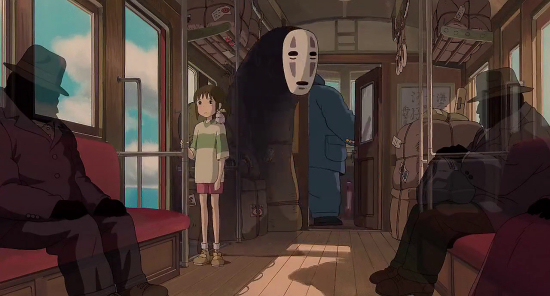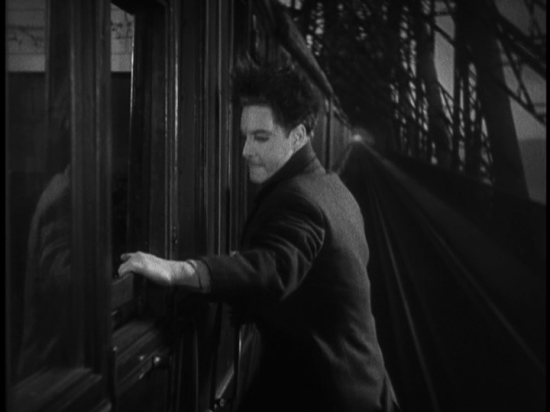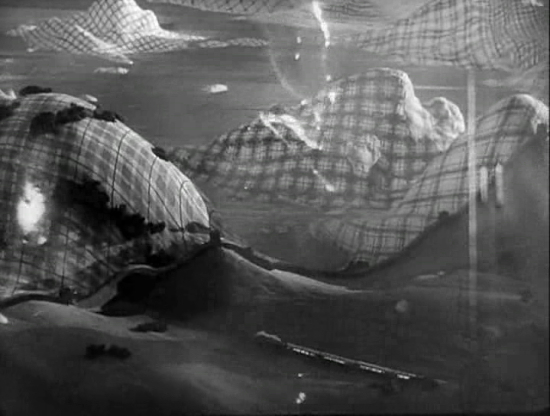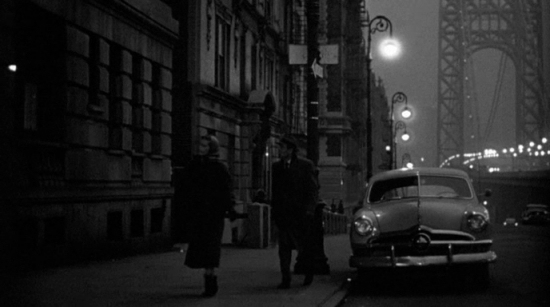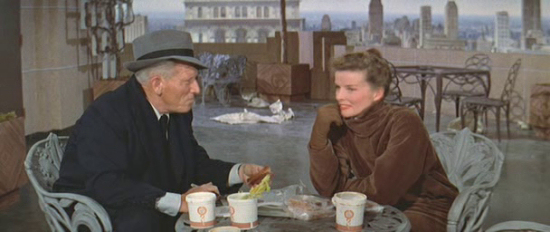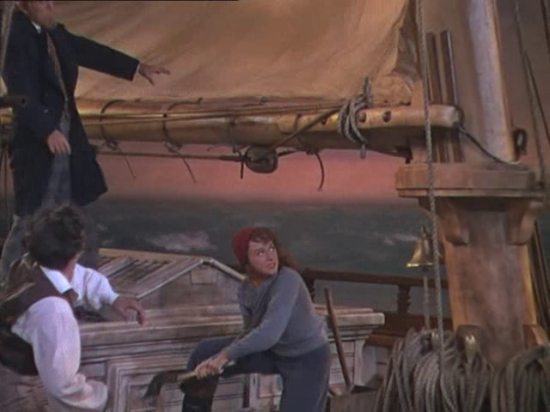Going to bed at 3am last night I had some vague idea of going back to something like my old nocturnal schedule but I couldn't force myself to sleep in later than 10am. It's easier to stay up late than to get up late, it seems. If only I could eliminate sleep entirely.
Last night I went to my uncle's 90th birthday party which was held in a reserved party room at a restaurant called The Butcher Shop. The place has a mild retro theme, with dim lighting, carved wooden doors, and photos of old movie stars everywhere, which I dig. As usual at family get-togethers like this, I spent most of my time in the corner reading and drinking.
I noticed an accent on one of the waitresses who took plates from my table and gave me water. She looked maybe seventeen or eighteen years old, very young. When I asked what her accent was she drew up possibly with pride and said, "Russian," which caused her to bang her head against a lamp on the wall which sputtered and went out. She hurried away. My sister, sitting next to me, teased, "You made her nervous!"
One of the times I got up to the bar for a drink, one of my cousins had taken my seat so I stood at the edge of the dance floor lamely, watching one of my inexhaustible four year old cousins jumping up and down in the middle of the room while I sipped my scotch. The Russian waitress was hurrying past me so I asked her what part of Russia she was from. She told me she was actually from the Ukraine.
"Ah," I said. "I just saw a really good Russian movie--Dersu Uzala from the early 70s."
She nodded blankly. She'd never heard of it.
"I don't know too much about movies from the Ukraine," I said.
"I like world cinema," she said, "Not from my own country."
"Oh? What movies?"
"Oh, all kinds, I don't know about Ukraine movies."
I told her about how I loved Russian literature, Dostoevsky and Tolstoy. She told me reading Tolstoy in her country was "an obligation."
"Did you like him?"
She shrugged, "Some people like it, some people don't, you know?"
"Ah, yes."
"I need to get back to work."
My sister found out later she'd travelled to the U.S. originally five years ago with her eighteen year old daughter. Again, the waitress herself had looked eighteen to me. Maybe it was the lighting.
My plan had been to start off the evening with a gin martini and then to have a scotch. But for some reason people seemed to want to buy me drinks last night and who am I to say no?
The bar didn't have much of a selection. The only bourbon was Maker's Mark, there was no Irish Whiskey, and the only scotch was J&B and Johnnie Walker Black Label. When I asked for a gin martini the guy asked me if I wanted it "up".
"Up?" I asked.
"With ice in it," he said.
Since it was my understanding--and my own practice in making a martini--that martinis were made with crushed ice by default I was a little confused by the question so I said, "Uh, sure." The drink he made for me was in a whiskey glass with ice cubes. My sister, who has worked as a bartender, told me "up", in her experience, actually meant without ice.
Well, it tasted like a martini so it wasn't so bad. A family friend sitting to my right asked what I was drinking. When I told her it was a gin martini and she said, "You don't like vodka?"
"I like vodka too," I said. "I was just in the mood for gin."
She left her seat and unexpectedly came back with another gin martini for me. After this, I went up and finally got my scotch. I'd never tried J&B before but I'd always been curious since it seemed to be the only scotch the characters in Goodfellas drank. I had it neat, of course--I found it to have a pretty mild flavour, almost watery. I suppose there's a chance the bartender didn't know what "neat" meant but I didn't see him put water in it.
Then I ran into one of my cousins who'd just turned 21 and was downright zealous about wanting to buy me a drink. So I got straight gin--Bombay dry gin, I think--and talked to him and another of my cousins. They talked about how tequila drives girls crazy especially with sea food. One of them said he couldn't eat lobster, he skeeved it. I told them about the article I'd read recently about how lobsters were apparently immortal, that unless they died from external causes they just got bigger and bigger forever. They listened to me with wide eyes.
I finished the evening with the Johnnie Walker Black Label. I'm happy to say I've finally developed a taste for the Red Label, which I wanted to do because it's what I see people drinking in old British films like the blind woman in Peeping Tom and Alec Guinness in The Bridge On the River Kwai. I didn't quite enjoy the Black Label so much. It has kind of a pungent quality in contrast.














